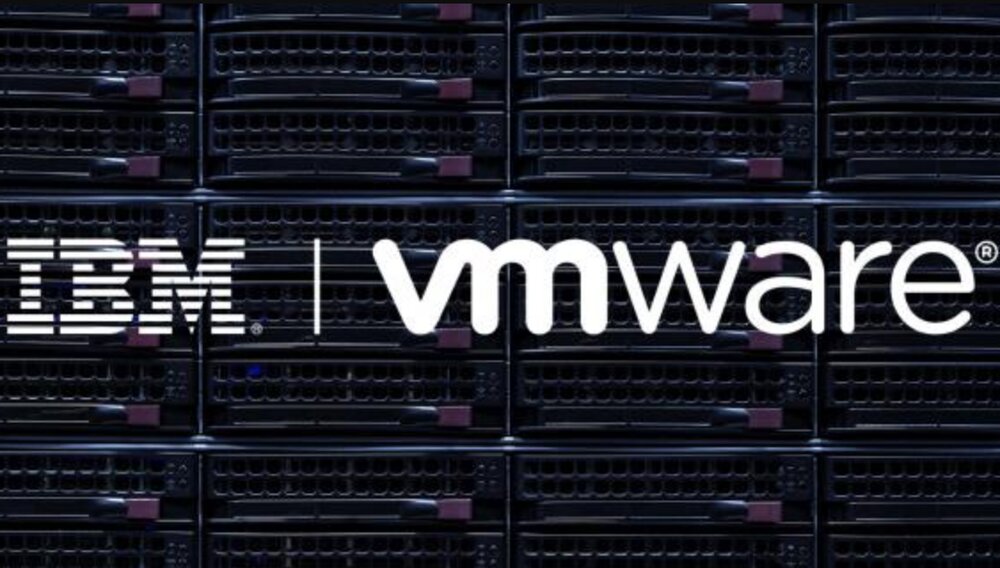
The technological world has brought us many options in the cloud capable of allowing us to achieve the proper functioning of our companies. However, most of the time, these solutions are not provided by a single vendor. This leads to organizations descend into organizational disorderin which there is no connectivity between each tool and the information is lost halfway.
F5 has come up with an innovative solution to this problem, which has long been ignored by companies and their providers. These are Distributed Cloud App Connect and Distributed Cloud Networktwo tools that work through APIs that are responsible for uniting several applications in the same management environment, regardless of the provider or the system where it is executed.
A solution that reduces complexity and costs
New Cloud solutions, while beneficial, come with many complexity and security issues; especially for new companies in this type of tools. Due to the large number of distribution deployments that are not designed to be coupled together, it’s easier to bypass security holes that arise from the normal functioning of the most complex systems.
F5 has identified this difficulty and has developed a multicloud connectivity solution that helps organizations manage it in a more accessible way. Its Distributed Cloud App Connect tool is built for apps. In the same a control console is provided, in which all aspects of the application are sought; from visibility network to visibility, enjoy proper connectivity with other functions.
This, of course, without the need to worry about the place or system where the application is running. Makes managing them easierwhile improving safety and visibility aspects.
Distributed Cloud Network Connect works in a similar way, only at the network level. In this case, it brings together connectivity services from different providers and places them under one organizational roof, achieving the same results as with the previous multicloud connectivity solution.
A tool designed for hybrid architectures
“The proliferation of cloud and hybrid architectures has coincided with the rise of microservices and API-heavy distributed applications, all of which add complexity and diminish visibility,” according to F5’s senior vice president and general manager of distributed cloud security and platform.
All this has generated a very complicated environment for companies to adapt in time. Therefore, F5 offers a simpler alternative to address these hybrid and multicloud use cases among its clients.thus increasing the agility of management and security of global infrastructures and application environments.
It should be noted that this project has been brewing since 2021, when the F5 company acquired the multicloud provider and Edge-as-a-service Volterra; according to Sid Nag, vice president of the Gartner technology group.
“Are [nubes] they have no way, in my opinion, of speaking to each other natively,” he said. “The problem that F5 is solving, essentially, is that you want your system to behave as if everything is running on the same system.” After all, the use of multicloud without an interconnection layer has become normal for organizations. While it’s not necessarily a bad thing, it’s a huge security problem if companies don’t look for solutions to it.
“Basically, F5 is leveraging cloud APIs and connecting all the different networks that are running on each of these different cloud providers and estates,” he said. “All these technologies are there, but no one has provided this kind of megalayer to manage them.”
For all organizations interested in purchasing Distributed Cloud App Connect and Distributed Cloud Network Connect solutions, they are already available in the F5 subscription plan which is capable of the F5 Distributed Cloud Mesh platform.
Likewise, you can access other products and services for optimizing your network traffic, security with respect to data protection in applications, and software services in the cloud, which include the development of new applications or the migration of existing ones. to the cloud All this in order to guarantee a high level of security, performance, productivity and use of resources within your organization.



